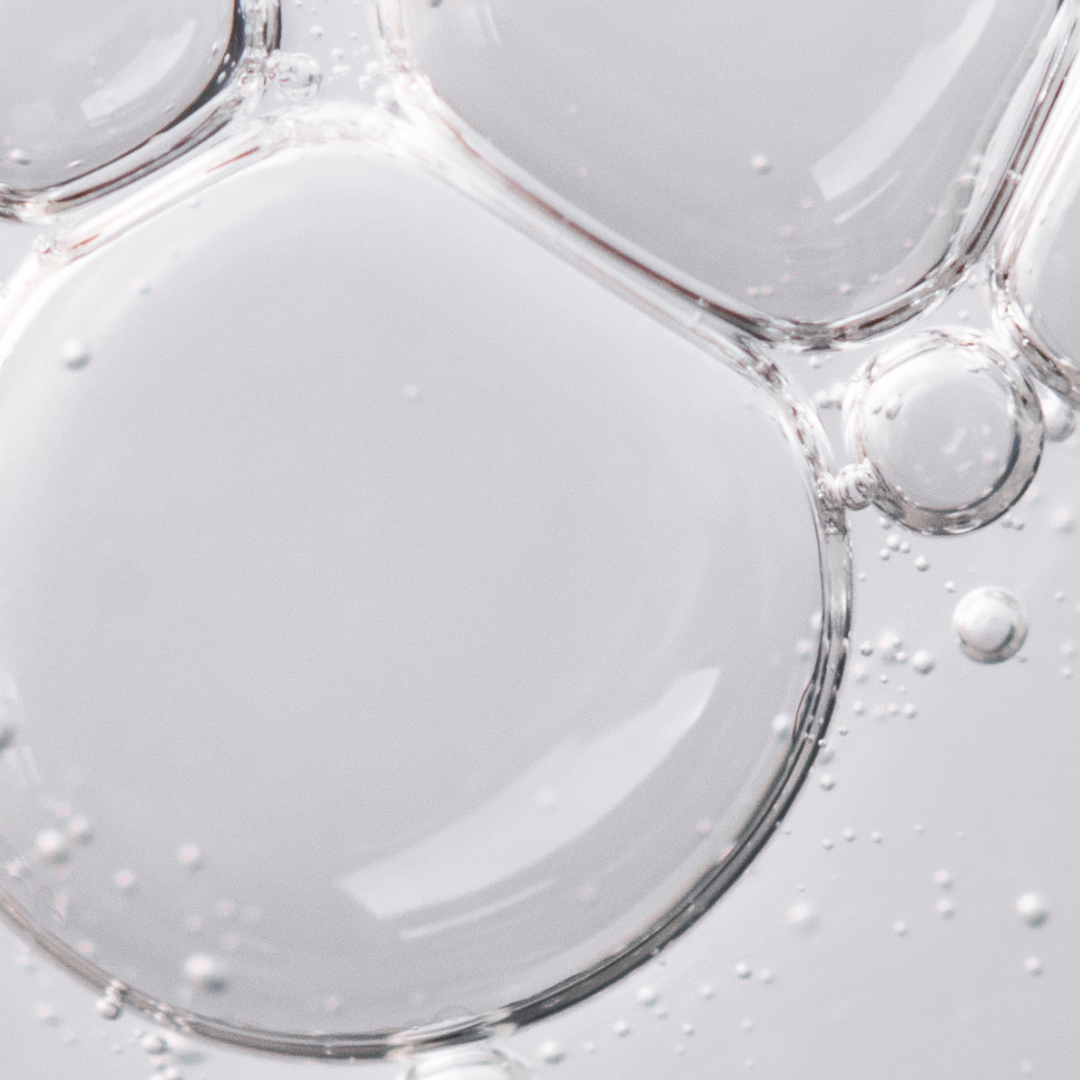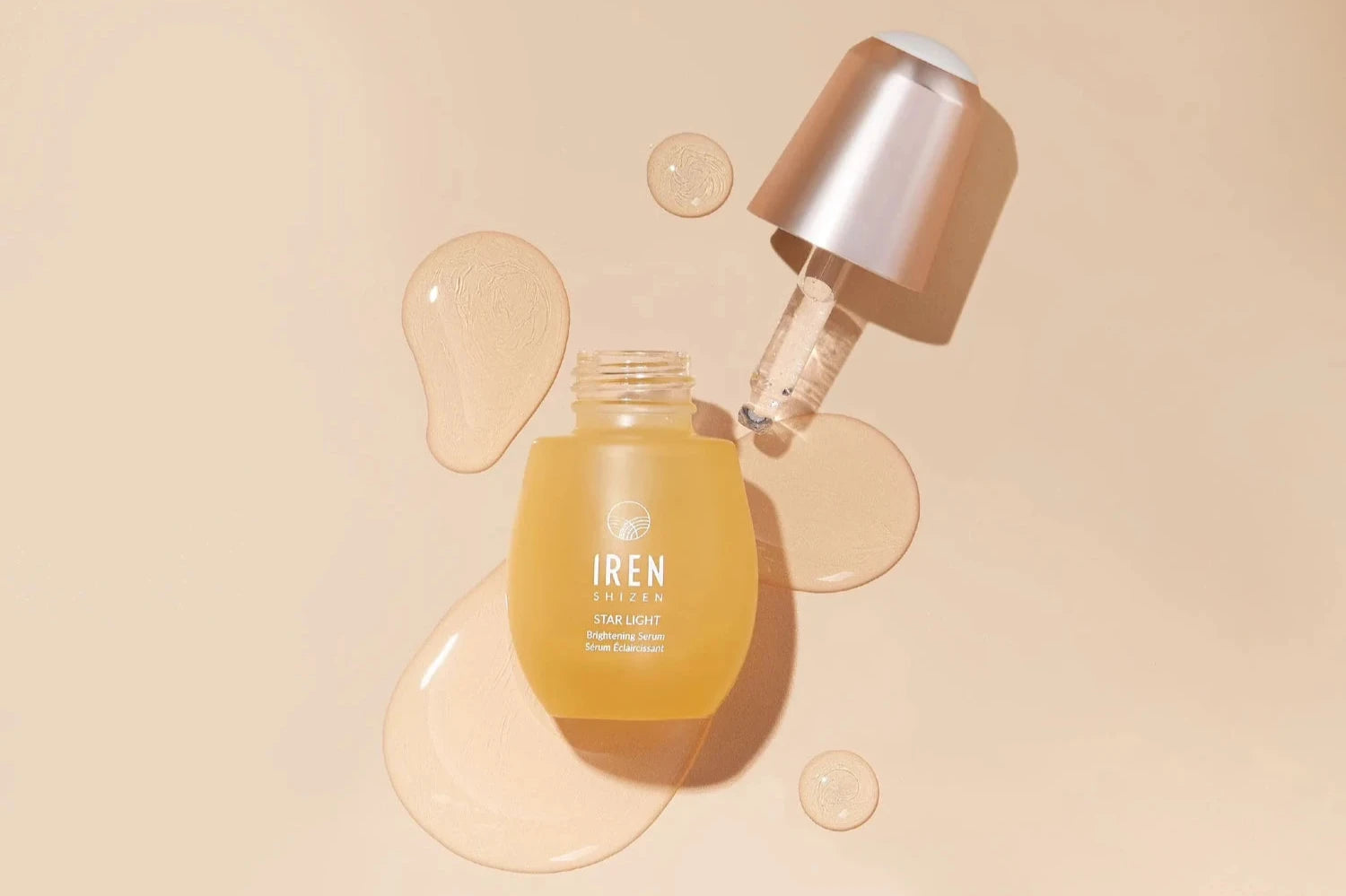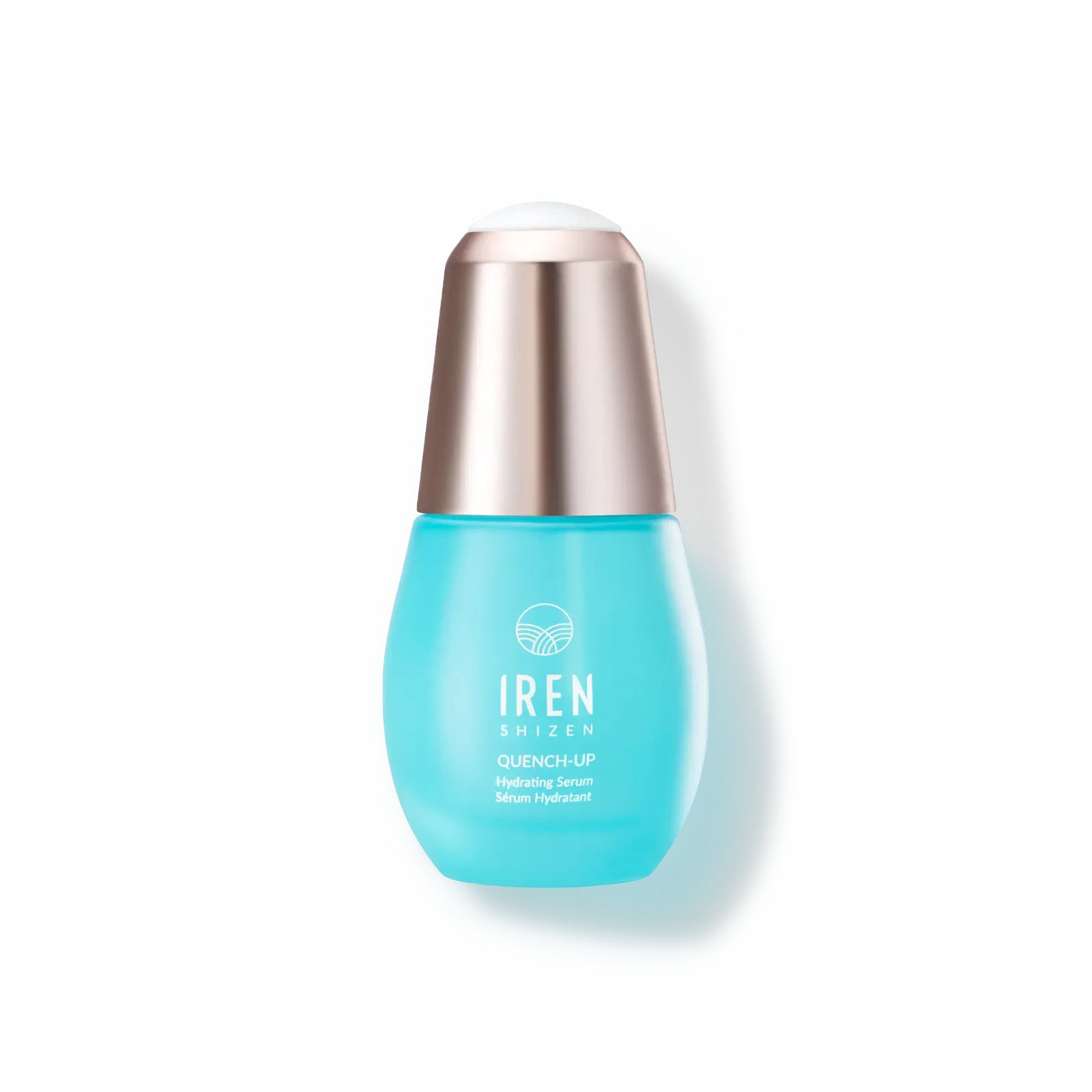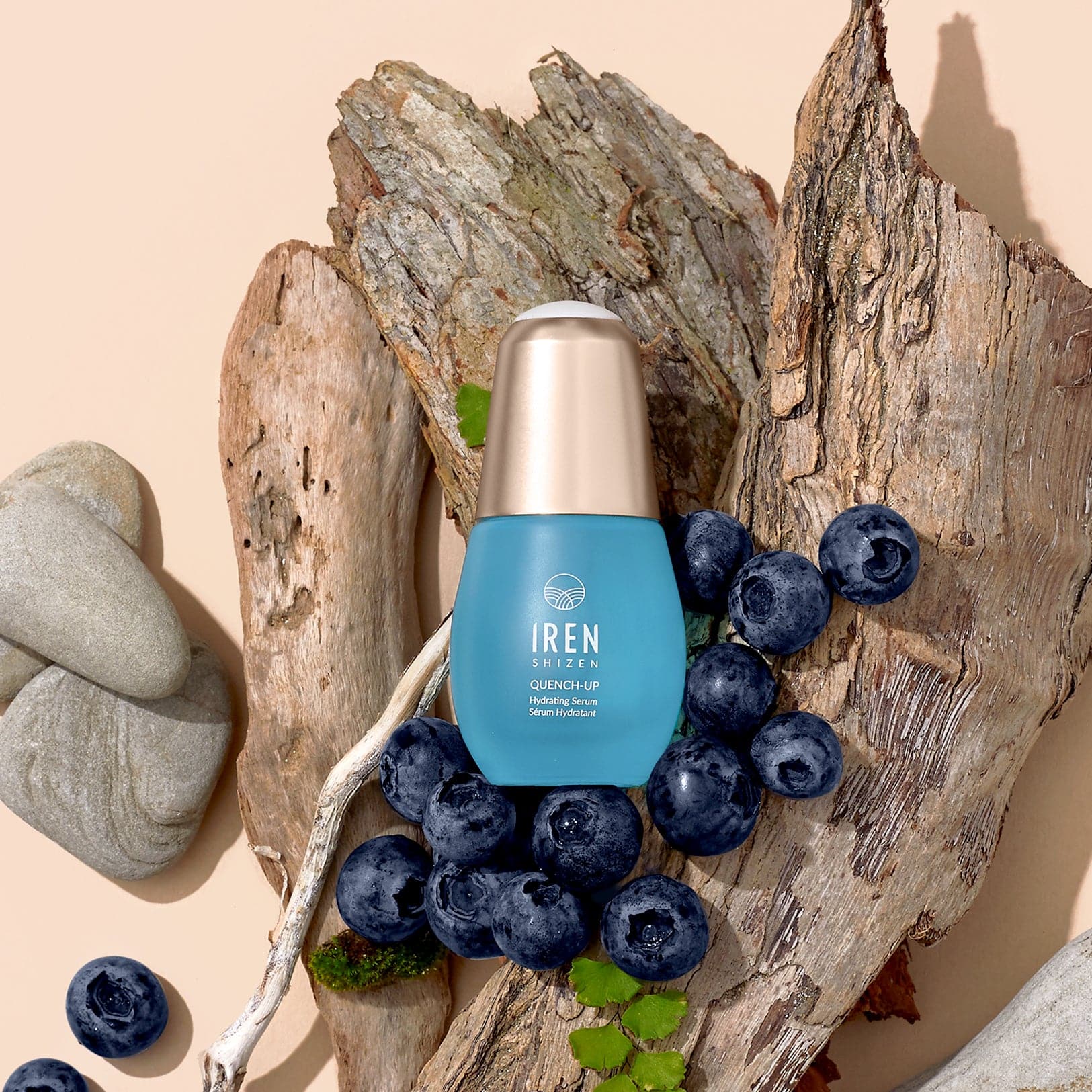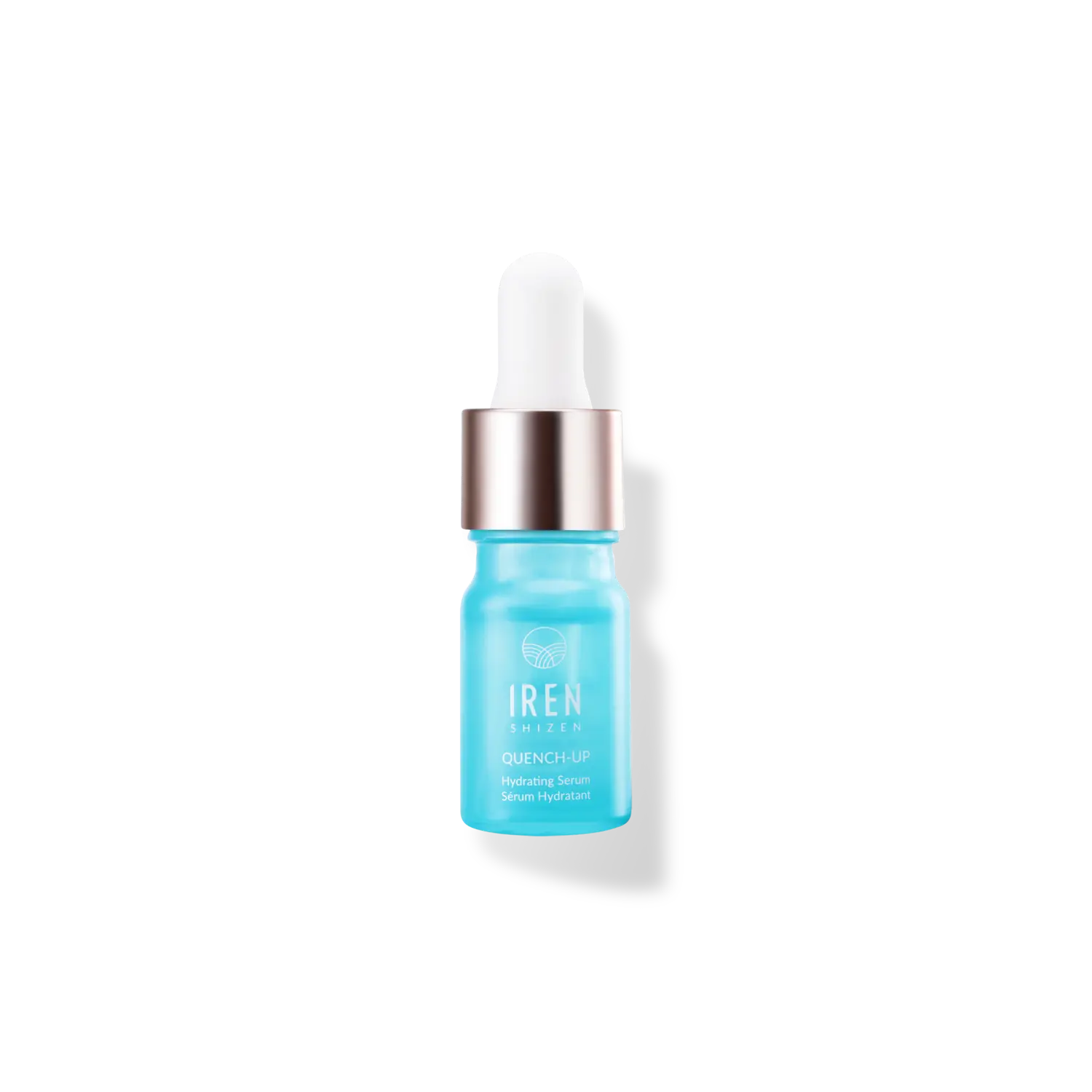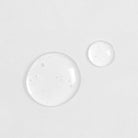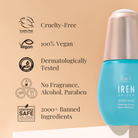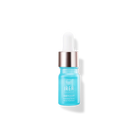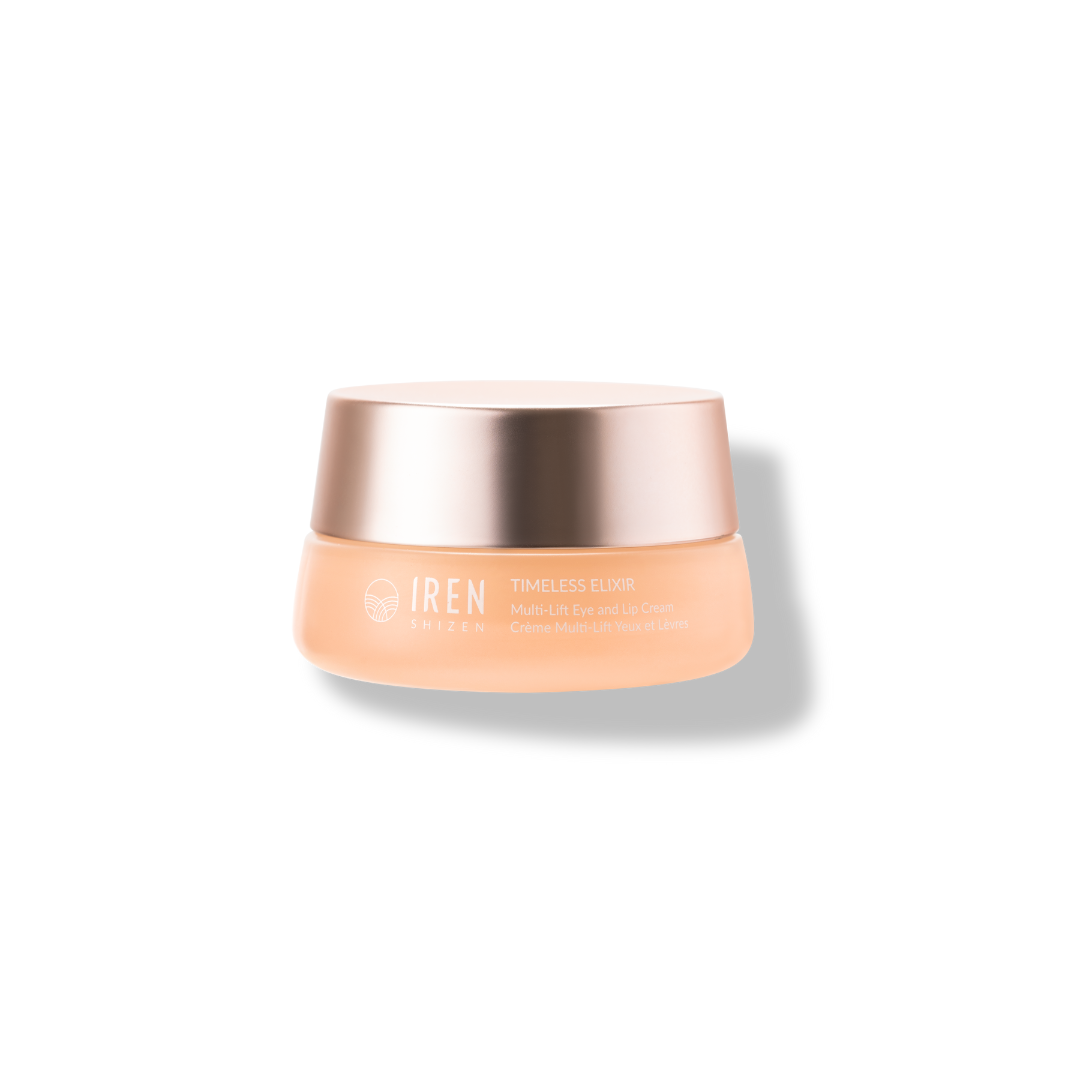HISTORY
The term "Natural Moisturizing Factor" (NMF) was coined in 1959 by Jacobi and colleagues during their studies on skin composition. Researchers discovered that the outermost layer of the skin, known as the stratum corneum, contained various hygroscopic (water-attracting) substances that help maintain skin hydration. These substances collectively form what is now known as NMF.
SCIENCE
Natural Moisturizing Factor (NMF) is essential for maintaining skin hydration by attracting and binding moisture from the environment to the skin. This prevents dehydration and keeps the skin hydrated, elastic, and resilient. NMF also plays a critical role in maintaining the skin's barrier function, protecting it from external aggressors and preventing transepidermal water loss (TEWL), which ensures the skin remains healthy and supple.
NMF can hold approximately 30% of its weight in water, which is vital for maintaining skin hydration. This high water retention capacity is crucial in keeping the skin moist and preventing dryness. The breakdown of the protein filaggrin into free amino acids significantly contributes to the composition of NMF, with about 30% of these amino acids derived from filaggrin. This process helps maintain the skin's hydration levels and overall health.
Environmental factors can significantly affect NMF levels. Exposure to low humidity environments can reduce NMF levels, leading to skin dryness and irritation. This adaptability highlights the importance of maintaining adequate NMF levels for skin health, especially in varying environmental conditions. Understanding these factors can help in developing skincare routines that support and enhance NMF function.
REFERENCES
- Rawlings, A. V., & Harding, C. R. (2004). Moisturization and Skin Barrier Function. Dermatologic Therapy, 17(Supplement s1), 43-48.
- Ghadially, R., Halkier-Sørensen, L., Elias, P. M., & Holleran, W. M. (1997). Urea Uptake Enhances Barrier Function and Antimicrobial Defense in Humans by Regulating Epidermal Gene Expression. Journal of Investigative Dermatology, 106(5), 1117-1125.
- Imokawa, G., Kuno, H., Kawai, M., Murata, T., & Yada, Y. (1998). Molecular Basis of Sun-Induced Premature Skin Ageing and Retarded Pigmentation in Chronic Sun-Damaged Skin: The Role of Dermal Fibroblasts. British Journal of Dermatology, 139(5), 695-702.
